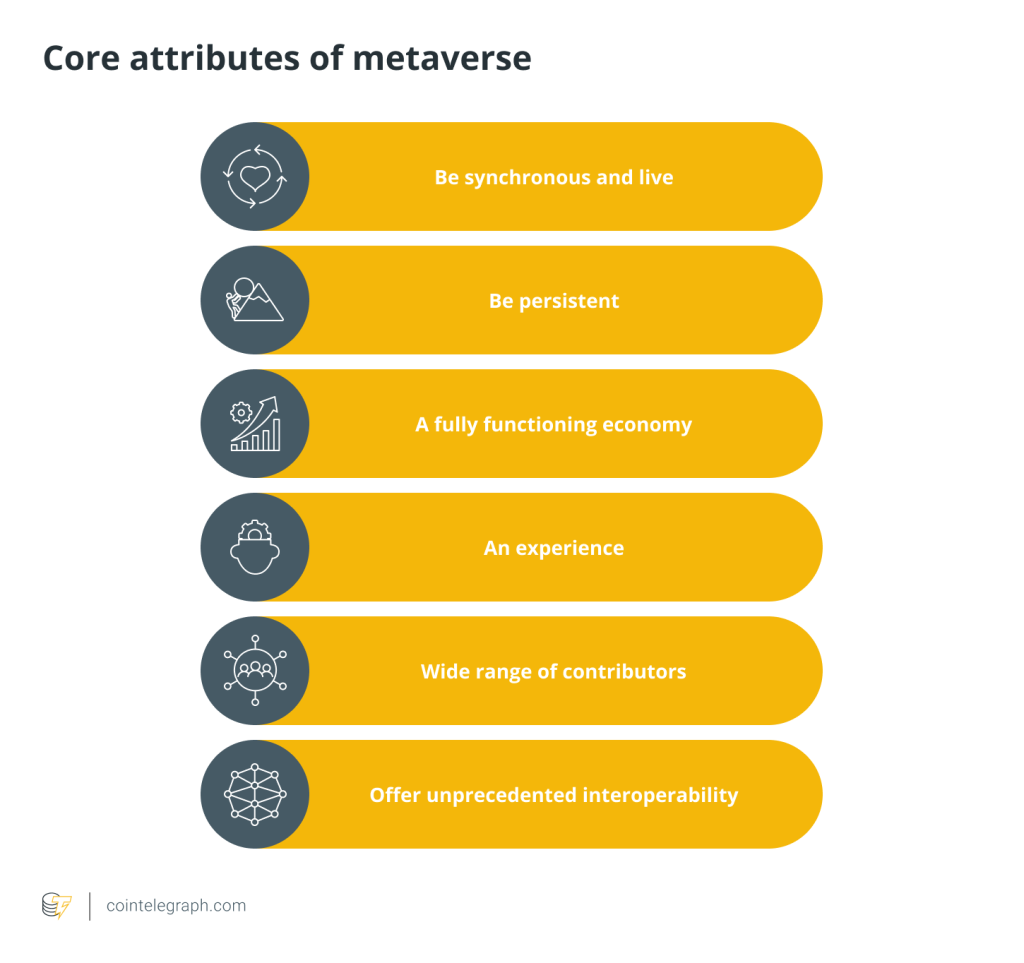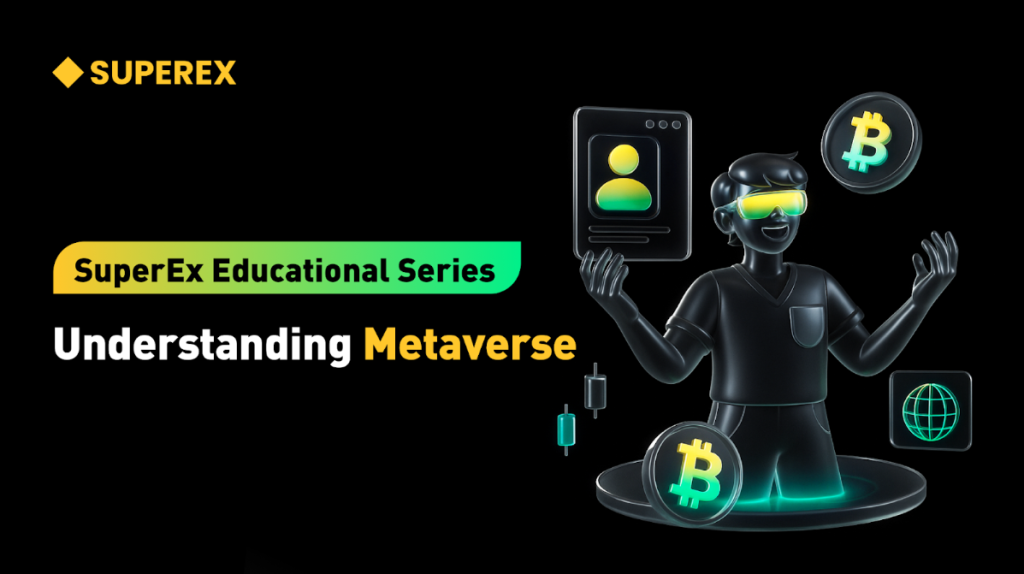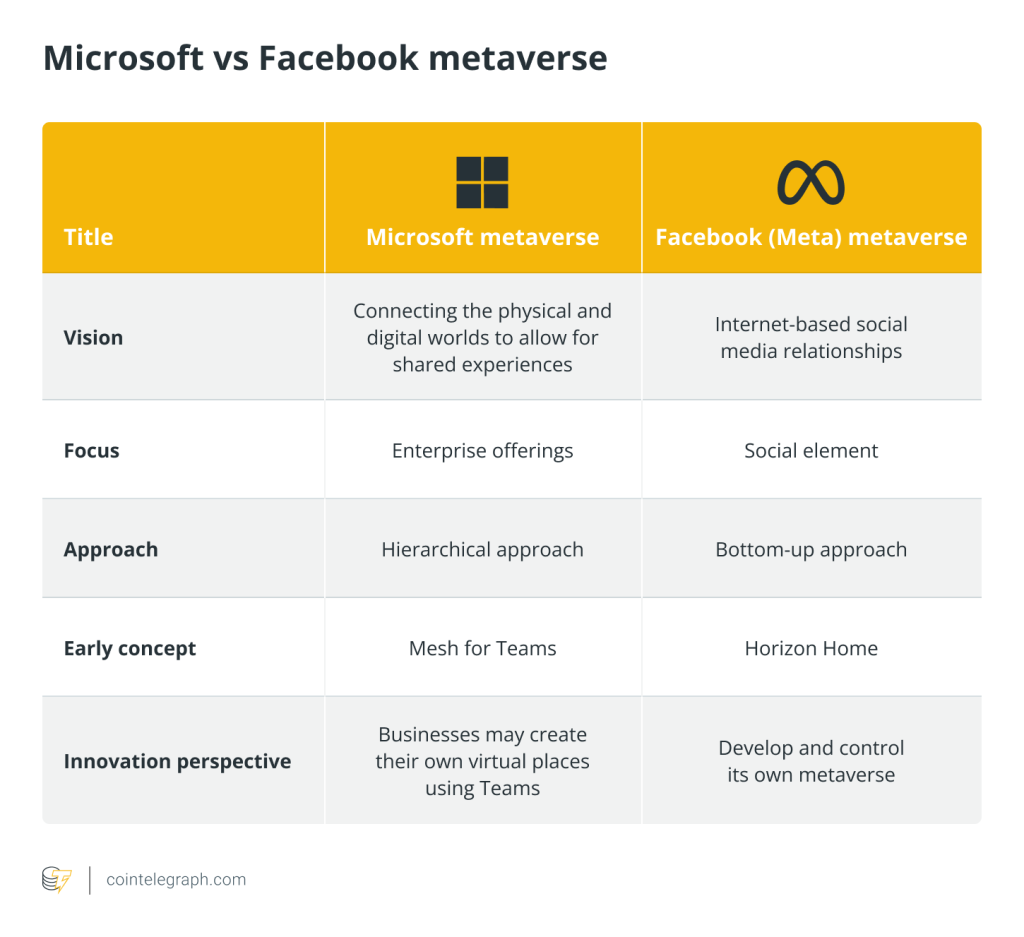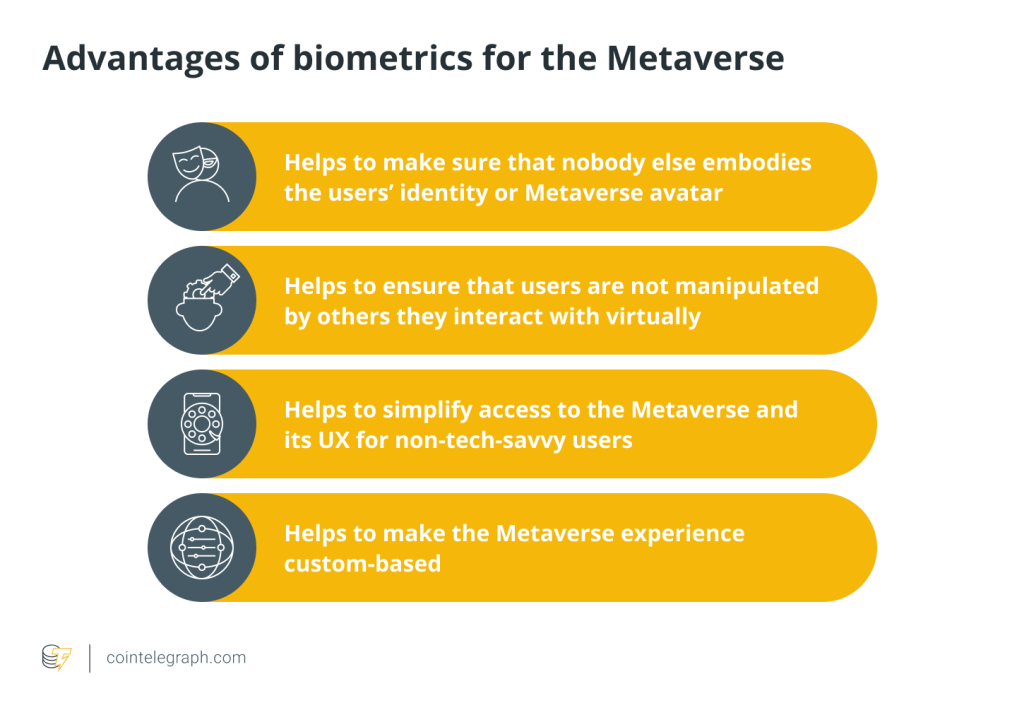Religious leaders debate going to church in the metaverse

With the Pope sounding off on AI recently, the discourse surrounding religion and technology has heated up.

When the first radio and television broadcasts began to trickle into homes around the world, religious programming was among the early mainstays of both new mediums. Now, as the world pivots away from flat, 2D screens and frequency-bound audio broadcasts, religious practitioners from around the globe have begun adopting metaverse, Web3, spatial computing, and artificial intelligence technologies as conduits to faith.
However, there are still naysayers who believe there are dangers associated with these technologies, faith leaders who wonder if modern technological trappings are necessary, and billions of traditional religious followers awaiting guidance.
On the supporting side, Sreevas Sahasranamam a Professor at the University of Glasgow, recently expounded on the positive potential for a metaverse for practitioners of the Hindu faith in Swarajya magazine:
“Imagine getting Geetopadesha straight from Lord Krishna. No, I am not talking about being on a Sci-Fi time machine to take me back in time to the Kurukshetra war. Rather, I am talking about being in my living room, donning the role of Arjuna, seeking answers to my internal battles through Geetopadesha from Lord Krishna’s avatar on a Ray-Ban Meta glass.”
Many see the immersive qualities of the metaverse, especially when experienced through virtual reality, as a method to bring them closer to the scriptures and stories surrounding their religions.
Sahasranamam also wrote about using the metaverse as a meditation aid, saying that the immersion it offered could lead to deeper and more meaningful experiences.
Not everyone is as pumped about the potential for the metaverse as a religious tool. Gavin Ortlund and Jay Kim, theologians and Christian pastors from the United States, see it as something that could add to the current fellowship paradigm, but both men appeared to agree that it wasn’t a replacement for physical churches.
The two discussed the issue in a recent video. During the talk, Kim wondered aloud if the idea of “church in the metaverse” was an oxymoron.
The duo’s main objection appears to be the digital/virtual nature of the metaverse. Per Ortlund:
“So, baptism and the Lord’s Supper, and those are physical acts, a church is irreducibly physical, you know, you need physical bodies for church because you have to have people there to get into the water or to eat the bread and wine. And so that’s just one example of where something gets lost if you’re moving away from face to face, bodily contact.”
In Rome, the Catholic church takes a different view altogether. It embraces some metaverse tech, having dabbled in Web3, non-fungible tokens (NFTs), and metaverse for the past couple of years, but Pope Francis, its current leader, isn’t a fan of all future-facing technologies.
As Cointelegraph recently reported, the Pope had some choice words concerning the onset of the artificial intelligence era:
“There is the substantial risk of disproportionate benefit for the few at the price of the impoverishment of many.”
His ultimate prescription is to advocate for the development of a strong moral and legislative bulwark against the existential and detrimental harms posed by AI, though he does recognize the benefits of technology when used responsibly.
Related: Islam and crypto: How digital assets can comply with Islamic financial law






Responses